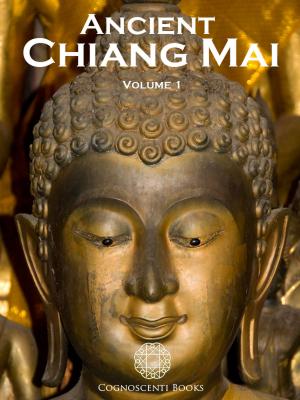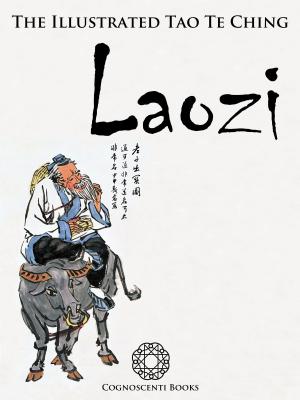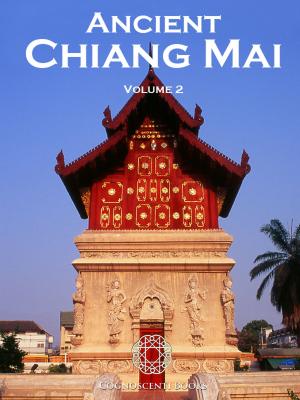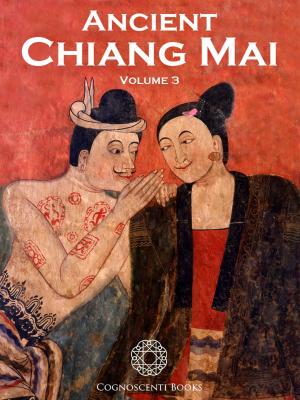China's Ancient Tea Horse Road
Nonfiction, Food & Drink, Beverages, Coffee & Tea, Travel, Asia, China, History, Asian| Author: | Andrew Forbes, David Henley | ISBN: | 1230000014182 |
| Publisher: | Cognoscenti Books | Publication: | August 8, 2012 |
| Imprint: | Language: | English |
| Author: | Andrew Forbes, David Henley |
| ISBN: | 1230000014182 |
| Publisher: | Cognoscenti Books |
| Publication: | August 8, 2012 |
| Imprint: | |
| Language: | English |
The antique Silk Road that connected the Chinese and Mediterranean Worlds for more than a millennium, facilitating the exchange of both goods and cultures, is widely known and celebrated. Less familiar is its more southerly equivalent, the ‘Ancient Tea-Horse Road’ that once linked the lush gardens of southwest China with the frigid wastelands of Tibet and – beyond – the torrid plains of northern India. The latter is also sometimes called the ‘Southern Silk Road’, though this is something of a misnomer, as silk seems never to have played a very important part in the traffic that traveled along it.
By contrast, the name ‘Tea-Horse Road’ is both appropriately descriptive, and of considerable antiquity. In this there are clear contrasts with the more northerly Silk Road, which was never known by that name to Chinese annalists of the distant past; rather the designation is thought to have been coined by a German geographer, Ferdinand von Richthofen, as recently as 1877. Again by contrast, the name ‘Tea-Horse Road’ – in Chinese chamadao – was in official use from at least the time of the Tang Dynasty (618-907). The addition of the word gu or ‘ancient’, making the currently popular name chama gudao or ‘Ancient Tea-Horse Road’ is a much more recent designation.
Also unlike the Silk Road, which followed a relatively well defined route for much of its length, the Tea-Horse Road was more of a skein of tracks, a network of paths and passages both difficult and diverse, that passed through the immensely difficult terrain of western Sichuan, Yunnan, Tibet and Qinghai, over some of the highest, coldest and most inhospitable regions in Asia
35 historic images, 10 contemporary images, 1 map
The antique Silk Road that connected the Chinese and Mediterranean Worlds for more than a millennium, facilitating the exchange of both goods and cultures, is widely known and celebrated. Less familiar is its more southerly equivalent, the ‘Ancient Tea-Horse Road’ that once linked the lush gardens of southwest China with the frigid wastelands of Tibet and – beyond – the torrid plains of northern India. The latter is also sometimes called the ‘Southern Silk Road’, though this is something of a misnomer, as silk seems never to have played a very important part in the traffic that traveled along it.
By contrast, the name ‘Tea-Horse Road’ is both appropriately descriptive, and of considerable antiquity. In this there are clear contrasts with the more northerly Silk Road, which was never known by that name to Chinese annalists of the distant past; rather the designation is thought to have been coined by a German geographer, Ferdinand von Richthofen, as recently as 1877. Again by contrast, the name ‘Tea-Horse Road’ – in Chinese chamadao – was in official use from at least the time of the Tang Dynasty (618-907). The addition of the word gu or ‘ancient’, making the currently popular name chama gudao or ‘Ancient Tea-Horse Road’ is a much more recent designation.
Also unlike the Silk Road, which followed a relatively well defined route for much of its length, the Tea-Horse Road was more of a skein of tracks, a network of paths and passages both difficult and diverse, that passed through the immensely difficult terrain of western Sichuan, Yunnan, Tibet and Qinghai, over some of the highest, coldest and most inhospitable regions in Asia
35 historic images, 10 contemporary images, 1 map















